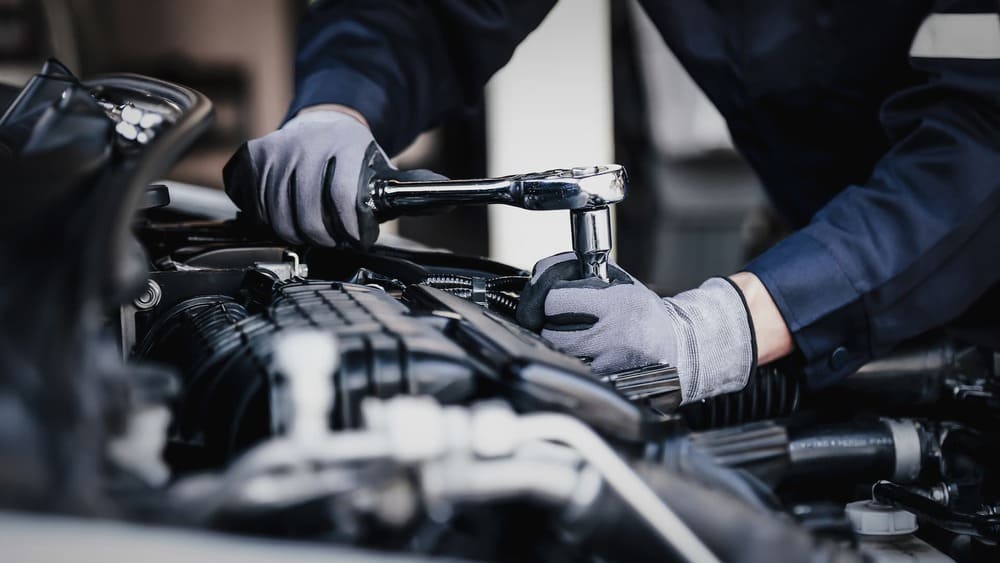
Auto maintenance describes the act of inspecting or testing the condition of car subsystems (e.g., engine) and servicing or replacing parts and fluids. Regular maintenance is critical to ensure the safety, reliability, drivability, comfort and longevity of a car. During preventive maintenance, a number of parts are replaced to avoid major damage or for safety reasons, e.g. timing belt replacement.
The actual schedule of car maintenance varies depending on the year, make, and model of a car, its driving conditions and driver behavior. Car makers recommend the so-called extreme or the ideal service schedule based on impact parameters such as
-Number of trips and distance traveled per trip per day
-Extreme hot or cold climate conditions
-Mountainous, dusty or de-iced roads
-Heavy stop-and-go vs. long-distance cruising
-Towing a trailer or other heavy load
Experienced service advisors in dealerships and independent shops recommend schedule intervals, which are often in between the ideal or extreme service schedule. They base it on the driving conditions and behavior of the car owner or driver.
Common car maintenance tasks include:
- Car wash
- Check/replace the engine oil and replace oil filters
- Check/replace fuel filters
- Inspect or replace windshield wipers
- Check or refill windshield washer fluid
- Inspect tires for pressure and wear
- Tire balancing
- Tire rotation
- Wheel alignment
- Check, clean or replace battery terminals and top up battery fluid
- Inspect or replace brake pads
- Check or flush brake fluid
- Check or flush transmission fluid
- Check or flush power steering fluid
- Check and flush engine coolant
- Inspect or replace spark plugs
- Inspect or replace air filter
- Inspect or replace timing belt and other belts
- Lubricate locks, latches, hinges
- Check all lights
- Tighten chassis nuts and bolts
- Check if rubber boots are cracked and need replacement
- Test electronics, e.g., Anti-lock braking system or ABS
- Read fault codes from the Engine control unit
Some tasks that have equivalent service intervals are combined into one single service known as a tune-up. In modern cars, where electronics control most of the car’s functions, the traditional tune-up doesn’t apply anymore. Maintenance jobs like a tune-up used to mean getting the engine’s performance back on track. Today embedded software takes care of it by constantly checking thousands of sensor signals, compensating for worn-out spark plugs, clogged filters, etc. The so-called limp-home function allows driving on limited power when the engine is in trouble. In the old days this might have meant a breakdown.
In some countries, the completed services are recorded in a service book which is rubber-stamped by the service center upon completion of each service. A complete service history usually adds to the resale value of a vehicle.
Courtesy of absolutecarcare










